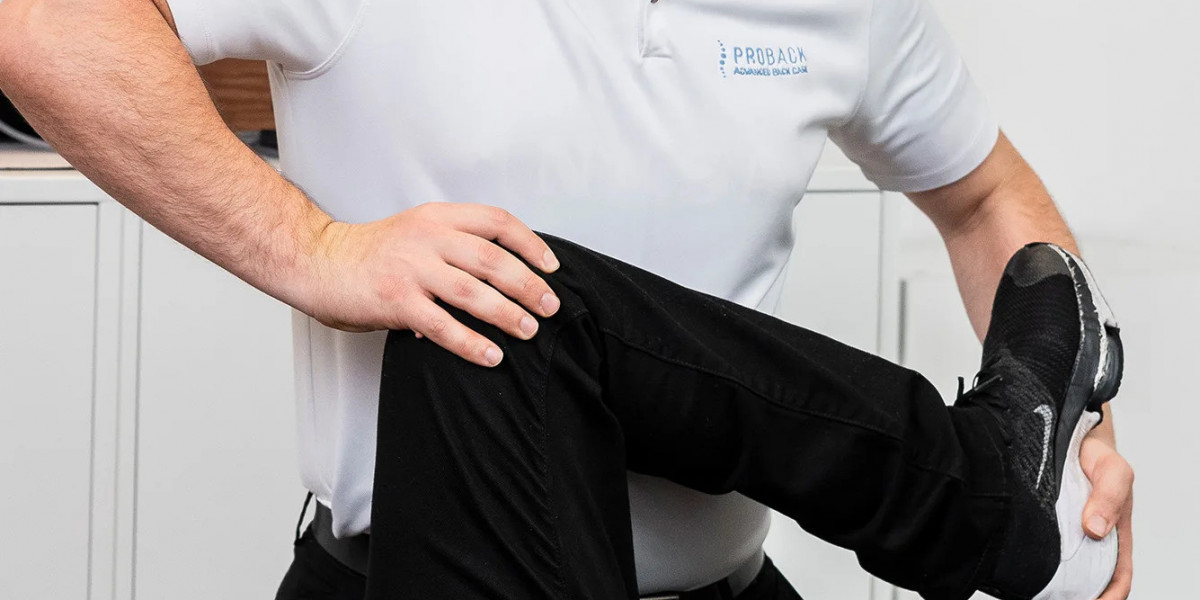Buying a new home is a huge milestone, and the excitement of stepping into your dream house is unmatched. But there’s one thing that often sneaks up on people — the cost of moving.
Most homebuyers focus on mortgages, inspections, and closing fees, forgetting that moving expenses can be just as significant.
Planning for these costs before closing on your home can help you stay financially comfortable and avoid surprises when moving day arrives.
Understanding the True Cost of Moving
Moving costs can vary widely depending on how far you’re going and how much you own. A local move can range from around $1,200 to $2,500, while a long-distance move can easily climb between $4,000 and $8,000 or more.
These numbers include things like packing, loading, transportation, and labor. That’s why it’s smart to plan your budget early and know where every dollar is likely to go.
Creating a list of possible expenses is a good start. Include moving company fees, packing supplies, fuel, meals, and even cleaning costs for both your old and new homes.
When you see everything laid out, it becomes easier to understand where you might be able to save and where it’s better to spend for convenience.
Get Quotes and Compare Moving Companies
Once you’ve estimated your moving budget, the next step is finding the right moving company.
Don’t settle for the first quote you find. Instead, get three or more detailed estimates from trusted movers.
Each quote should clearly list what’s included in the price, like packing, unpacking, transportation, and insurance coverage.
Some companies charge by the hour, while others calculate by weight and distance. A company like Safeway Moving Inc. provides clear, upfront pricing and a full breakdown of costs, helping you avoid unexpected fees later.
Before signing a contract, ask questions about extra charges for stairs, long carries, or bulky furniture so that nothing catches you off guard on moving day.
Factor in Packing Materials and Supplies
Packing supplies might seem minor at first, but they can add up fast. Boxes, bubble wrap, tape, and protective covers can easily cost $200 to $400 for an average-sized home. If you’re moving long-distance or have fragile items, you might spend even more.
To cut costs, consider reusing boxes from local stores or online community groups. You can also pack some items yourself and leave the delicate or heavy ones to professionals.
If you choose full packing services, be prepared to spend anywhere from $500 to $1,500, depending on how much needs to be packed.
Include Storage and Temporary Living in Your Plan
Sometimes the timing between selling your current home and moving into your new one doesn’t match perfectly.
You might need short-term storage or even a temporary place to stay. Storage units can cost between $100 and $300 per month, depending on size and location.
Some moving companies offer combined moving and storage services, which can simplify things.
For example, Safeway Moving Inc. can handle both moving and storage arrangements, ensuring your belongings are safe until you’re ready to move in.
Having this option included in your budget gives you peace of mind and flexibility in case your plans change.
Don’t Forget Travel and Transportation Costs
If you’re moving out of state, travel costs can add a big chunk to your budget. Driving to your new home means paying for gas, meals, and maybe even hotel stays, which can total $500 to $1,000 or more.
If you’re flying, remember to add airfare, baggage fees, and the cost of shipping your vehicle, car transport alone can cost between $800 and $1,500.
Make sure to plan your route and travel dates ahead of time. Booking hotels or flights early can often save you money, and being organized helps avoid last-minute expenses.
Set Aside an Emergency Cushion
Even when you plan carefully, things don’t always go according to plan. Maybe your moving truck gets delayed, or an item breaks in transit.
Having an emergency fund makes sure these situations don’t throw off your entire budget. Setting aside around 10–15% of your total moving budget as a backup fund can keep you stress-free when something unexpected happens.
Choose the Right Time to Move
Believe it or not, the timing of your move can affect your costs more than you think. Summer is the busiest season for movers, and prices are often 20–30% higher because of high demand.
If your schedule allows, try moving in the off-season, late fall or winter, when prices drop and availability is better.
Also, moving mid-month or on a weekday can often save you money compared to weekends or month-end dates. Small changes in timing can lead to significant savings.
Align Your Move with Your Home Closing Date
Your moving date and closing date should align perfectly to avoid unnecessary costs. If you move too soon, you might have to pay for extra storage or temporary accommodation.
If you move too late, you could end up rushing through the process. Staying in close contact with your realtor and lender helps keep your timeline on track.
Many homeowners choose to move a few days after closing to handle things like cleaning, painting, or setting up utilities. That small gap can make your transition smoother and less stressful.
Explore Possible Benefits and Deductions
If you’re moving for work, check if your employer offers relocation assistance. Some companies provide reimbursements for moving expenses, travel, and even temporary housing.
While most moving expenses aren’t tax-deductible anymore, employer assistance can still offset a good portion of your total costs. It’s always worth asking, every little bit helps when you’re budgeting for a big move.
Bringing It All Together
Planning for moving costs before closing on your new home isn’t just about saving money; it’s about reducing stress and feeling in control of your move.
By getting multiple quotes, comparing services, accounting for travel and storage, and setting aside a safety cushion, you can make the entire process smoother and more predictable.







